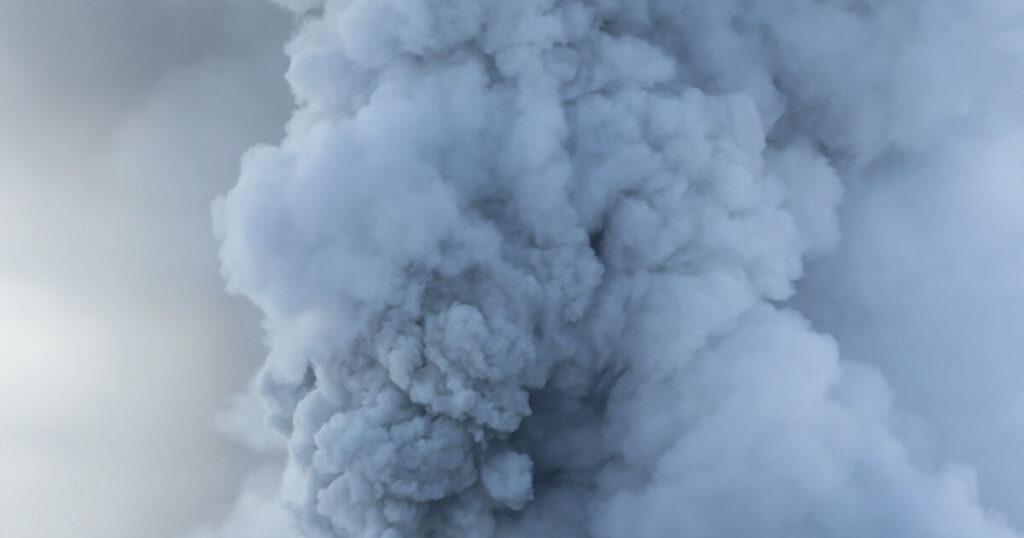A volcano on Russia’s far eastern Kamchatka Peninsula, Krasheninnikov, has erupted, which scientists believe is the first time in centuries. This occurred days after a significant 8.8-magnitude earthquake.
The eruption sent ash plumes soaring over three miles into the sky, according to staff at the Kronotsky Reserve, where the volcano is located.
Images released by state media showed thick clouds of ash billowing from the volcano.
“The plume is spreading eastward from the volcano towards the Pacific Ocean. Thankfully, there are no populated areas in its path, and no ashfall has been reported in inhabited areas,” Kamchatka’s emergencies ministry stated on Telegram during the eruption.
The eruption coincided with a 7.0-magnitude earthquake, triggering a tsunami warning for three regions of Kamchatka. Russia’s Ministry for Emergency Services subsequently lifted the tsunami warning.
“This is the first historically confirmed eruption of the Krasheninnikov volcano in 600 years,” stated Olga Girina, head of the Kamchatka Volcanic Eruption Response Team, to Russian state news agency RIA Novosti.
However, the Smithsonian Institution’s Global Volcanism Programme, based in the US, records Krasheninnikov’s last eruption as 475 years ago, in 1550.
The Kamchatka Volcanic Eruption Response Team reported late on Sunday that the volcano’s activity was decreasing, but “moderate explosive activity” could persist.
The eruption followed a massive earthquake that struck Russia’s Far East early on Wednesday. This 8.8-magnitude tremor generated small tsunami waves in Japan and Alaska and prompted alerts for Hawaii, North and Central America, and Pacific islands south towards New Zealand.


